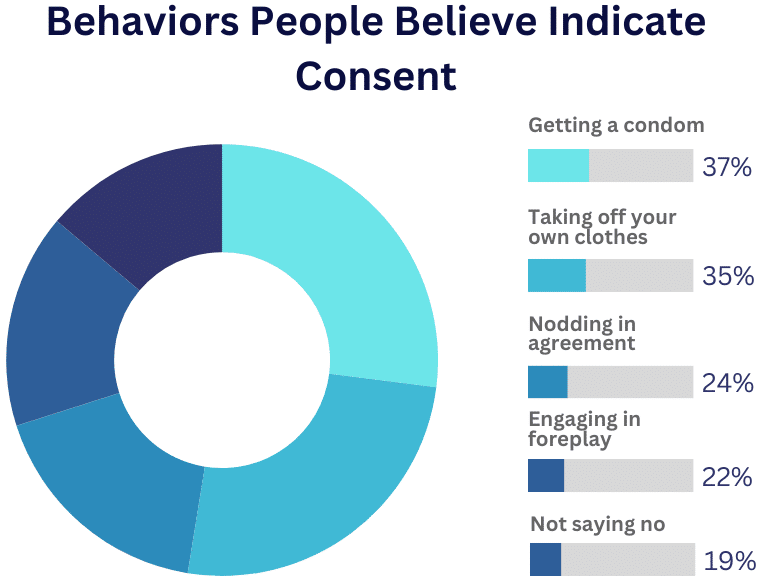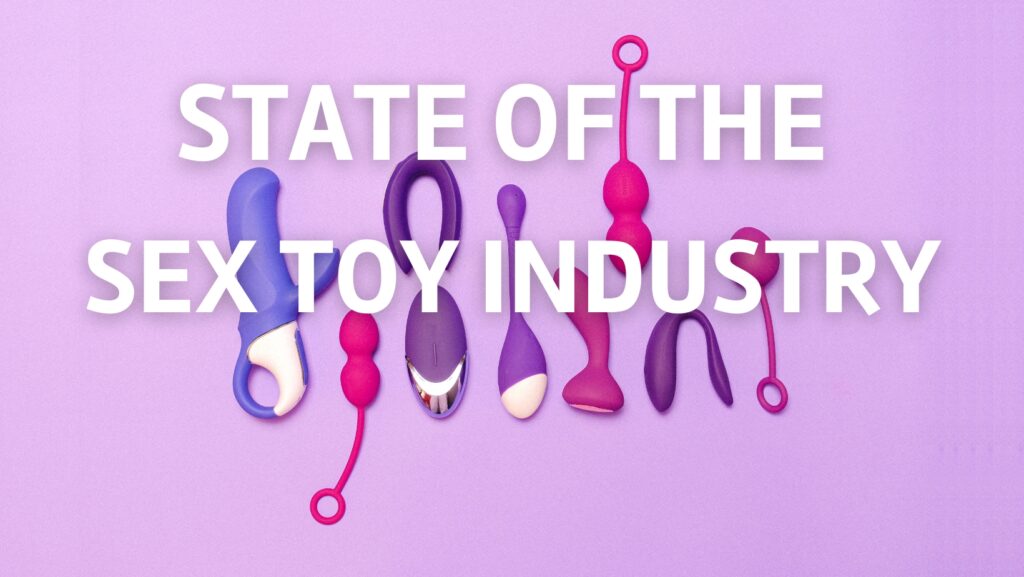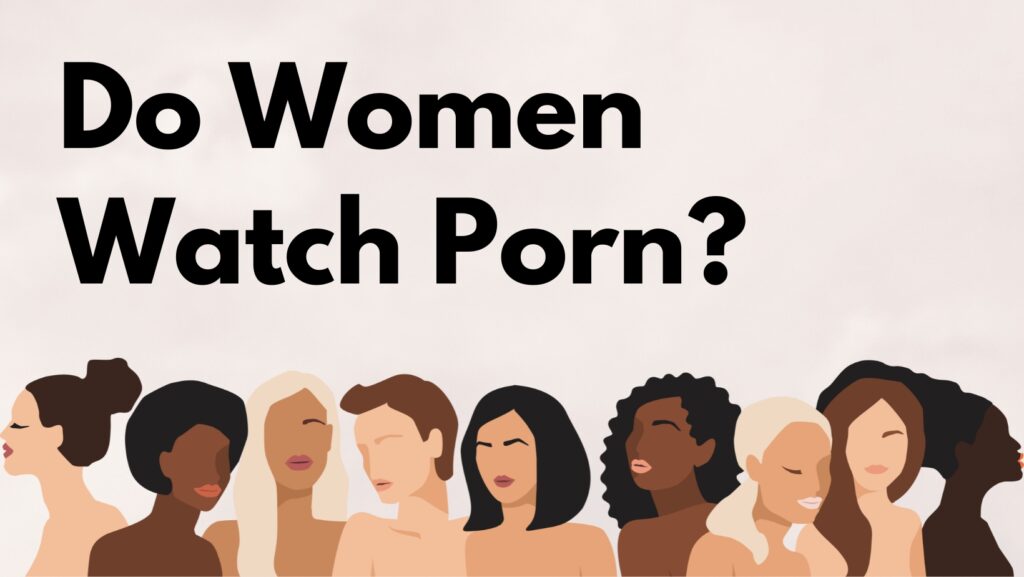Understanding and respecting sexual consent is essential for fostering healthy relationships. In this article, we will dive into various aspects of sexual consent, examining how women generally have a better understanding of consent compared to men. We will also explore the role of educational institutions in teaching consent and the importance of parental guidance in shaping young people’s understanding of this crucial topic.
Here’s what we’ve covered:
- How Many Give Sexual Consent
- Women Better Understand Consent
- Schools and Sexual Consent
- Parents and Sexual Consent
Key Takeaways
- 27% of women strongly agree that consent must be given at each step in a sexual encounter, compared to 19% of men.
- 93% of people believe middle school sex education should include how to say no to sex, but only 25% learned this during their schooling.
- 65% of parents have talked to their kids about the role of alcohol and drugs in consent, highlighting the importance of these discussions at home.
- 93% of people think high school sex education should include how to recognize whether a partner is giving consent, yet only 23% learned this in high school.
- 57% of women strongly disagree that being drunk makes a woman responsible for being sexually assaulted, compared to 48% of men.
- 77% of parents discuss healthy and unhealthy relationships with their children, underlining the role of family in sex education.
- 67% of people feel that too little is being done to support victims of sexual assault on college campuses, indicating a need for better policies and resources.
- 45% of women disagree that mixed signals can mean consent, highlighting the importance of clear communication in sexual encounters.
How Many Give Sexual Consent
Sexual consent is a critical component of healthy and respectful relationships. Despite its significance, many people remain unclear about what constitutes consent and how it should be communicated. Consent must be an affirmative, conscious, and voluntary agreement to engage in sexual activity, yet misconceptions persist, affecting how individuals navigate their intimate interactions.
The percentages of people who believe certain behaviors indicate consent are as follows:
- Getting a condom is seen as a clear indicator of consent by 37% of individuals.
- Taking off your clothes signifies consent for 35% of people.
- Nodding in agreement is recognized as a sign of consent by 24%.
- Engaging in foreplay indicates consent for 22% of people.
- Not saying no is interpreted as consent by 19% of individuals.
It is important to note that approximately 12% to 13% of individuals expressed strong disagreement regarding the interpretation of these actions as indicative of consent. Notably, about 20% of respondents strongly disagreed with the notion that silence equates to consent.

Women Better Understand Consent
Women generally have a clearer understanding of what constitutes sexual consent compared to men. This awareness extends across various demographics, including age, education, marital status, and race/ethnicity.
- 27% of women strongly agree that consent must be given at each step in a sexual encounter, compared to 19% of men.
- 36% of women believe that initiating sex does not mean consent if one changes their mind during foreplay, while 31% of men agree.
- 75% of women strongly disagree that consent for sex once implies consent for future encounters, whereas 64% of men share this view.
- Women (45%) are more likely than men (35%) to disagree that mixed signals can mean consent.
- 17% of women disagree that engaging in foreplay indicates consent for more sexual activity, compared to 10% of men.
- 12% of women strongly disagree that not saying ‘no’ implies consent, compared to 9% of men.
- 57% of women believe that being drunk does not make a woman responsible for being sexually assaulted, while 48% of men agree.

Schools and Sexual Consent
There is strong support for including consent education in school curriculums, yet many students did not receive adequate education on this topic during their school years.
- 75% of people think middle school sex education should include how to ask for consent.
- 74% believe it should include how to give consent.
- 93% think students should learn how to say no to sex.
- 82% feel recognizing whether a partner is giving consent is essential.
- 85% think the role of alcohol and drugs in consent should be taught.
- Only 14% of people learned how to ask for consent in middle school.
- Just 16% were taught how to give consent during those years.
- In high school, 88% believe students should learn how to ask for consent.
- 87% think they should learn how to give consent.
- 97% agree that saying no to sex should be part of the curriculum.
- Only 21% learned about asking for consent in high school, and 25% about giving consent.
Parents and Sexual Consent
Many parents discuss consent and sexual assault with their teens, but a significant number of people report not receiving this education from their parents.
- 42% of parents have talked to their kids about how to ask for consent.
- 47% have discussed how to give consent.
- 63% have talked about how to say no to sex.
- 65% have addressed the role of alcohol and drugs in consent.
- 77% have discussed healthy and unhealthy relationships.
- Only 19% of people learned about asking for consent from their parents.
- Just 22% were taught how to give consent by their parents.
- 34% discussed how to say no to sex with their parents.
These insights and statistics highlight the importance of understanding and communicating consent, the role of education and parental guidance, and the diverse sexual behaviors across different cultures. By promoting awareness and open discussions about these topics, we can hopefully foster healthier and more respectful sexual relationships.
Sources: Plannedparenthood.org












